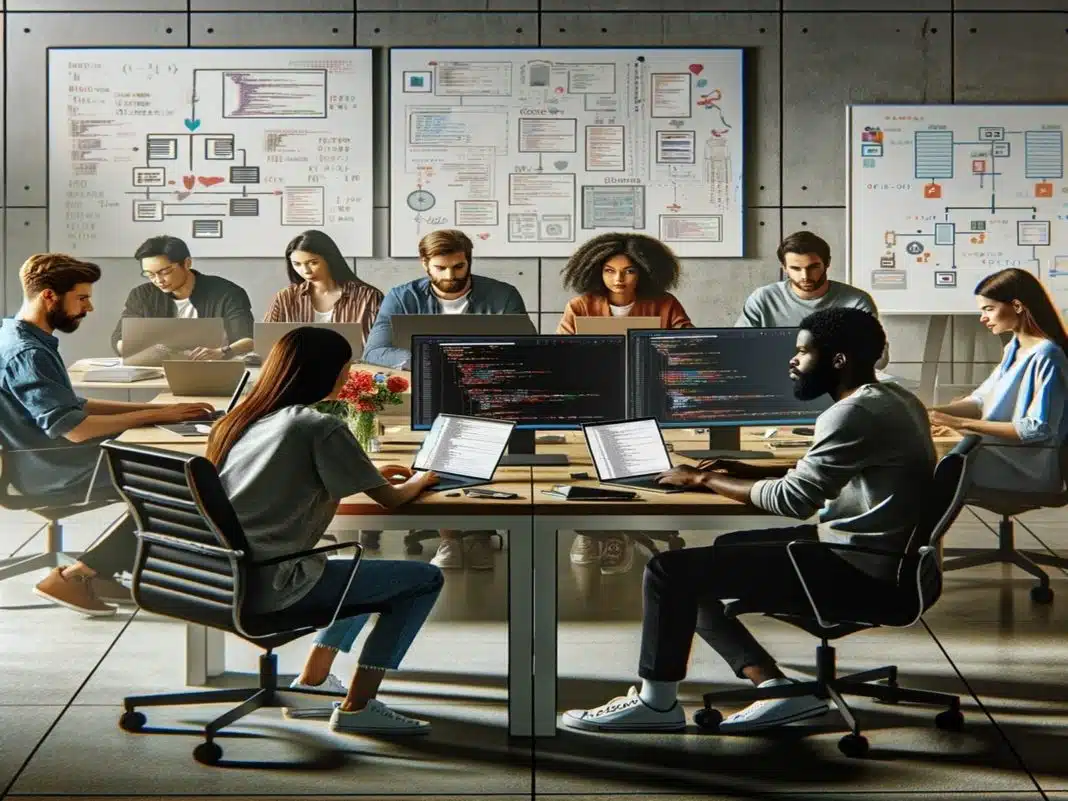In an era where environmental consciousness is paramount, industries across the globe are reevaluating their practices to align with sustainability goals. The lottery sector, traditionally associated with chance and luck, is not exempt from this paradigm shift. This article explores the incorporation of green practices in lottery software development, shedding light on how the industry can contribute to a more sustainable future.
Energy-efficient software architecture
Developing a sustainable lottery system starts at the foundation – the software architecture. Implementing energy-efficient designs not only reduces the carbon footprint but also ensures optimal performance. This involves utilizing streamlined algorithms, optimizing code, and adopting technologies that minimize energy consumption.
If you want to start your own lottery brand, you can check WhiteLotto official website for the best solutions in every lottery category. From online casinos to complete lottery platforms, White Lotto offers quality services for every type of business model. All the products are engineered and developed by the top experts in the market.
Cloud computing for resource optimization
Lottery software often demands significant computational resources. Embracing cloud computing not only enhances scalability and flexibility but also contributes to sustainability. By leveraging the cloud, lottery platforms can dynamically allocate resources based on demand, preventing unnecessary energy consumption during low-traffic periods.
Blockchain for transparency and efficiency
Integrating blockchain technology into lottery systems not only enhances transparency and security but also aligns with sustainability goals. Blockchain’s decentralized nature reduces the need for intermediaries, cutting down on energy-intensive processes while ensuring a tamper-resistant and fair lottery environment.
Responsible data management
Lottery systems generate vast amounts of data, and responsible management of this data is crucial for sustainability. Adopting data compression techniques, optimizing storage, and employing efficient data retrieval mechanisms not only enhance performance but also reduce the environmental impact associated with data storage and processing.
Green software development lifecycle
A sustainable approach to lottery software development extends beyond the coding phase. Adopting a green software development lifecycle involves considering environmental factors at every stage, from design and coding to testing and deployment. This holistic approach ensures that sustainability is ingrained in the software development process from inception to delivery.
User education and engagement
Empowering lottery users with knowledge about the environmental impact of their activities fosters a sense of responsibility. Implementing features that educate users about sustainability, such as providing information on the carbon footprint of transactions or encouraging eco-friendly behaviors, can contribute to a more environmentally conscious lottery community.
Conclusion
In conclusion, the lottery industry has the potential to be a driving force in promoting sustainability through green practices in software development. By embracing energy-efficient architectures, leveraging cloud computing, integrating blockchain, adopting responsible data management, implementing green development lifecycles, and educating users, the lottery sector can not only reduce its environmental impact but also set a precedent for other industries. As technology continues to evolve, prioritizing sustainability in lottery software development is not just a choice; it’s a responsibility towards a greener, more sustainable future.
